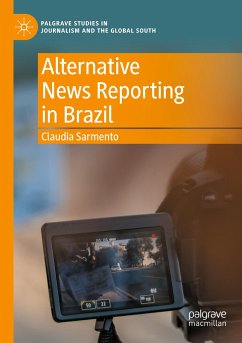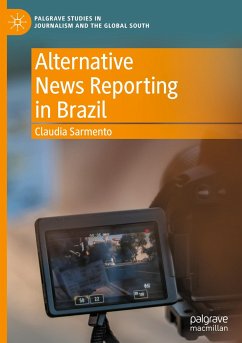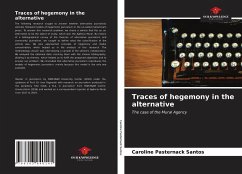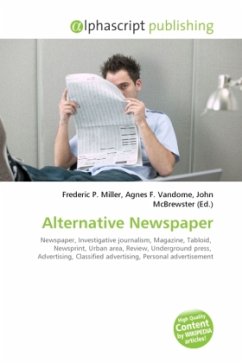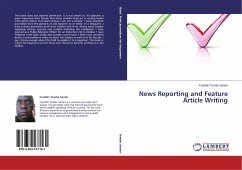
Reporting Complementary and Alternative Medicine
A Comparative Study of Coverage of Complementary and Alternative Medicine in Time and Scientific American, 1960 to 2007
Versandkostenfrei!
Versandfertig in 6-10 Tagen
32,99 €
inkl. MwSt.

PAYBACK Punkte
16 °P sammeln!
This longitudinal study gave an overview of the 47- year coverage of complementary and alternative medicine (CAM) in a news magazine Time and a popular science magazine Scientific American through a content analysis. It found the coverage in both magazines increased over the time period and shared some similarities in topic selection and types of CAM covered, depicting the path for the prevalence of these non-conventional therapies in the United States. However, only the coverage in Time was consistent with the prediction of the diffusion of innovation theory. The two magazines were also diffe...
This longitudinal study gave an overview of the 47- year coverage of complementary and alternative medicine (CAM) in a news magazine Time and a popular science magazine Scientific American through a content analysis. It found the coverage in both magazines increased over the time period and shared some similarities in topic selection and types of CAM covered, depicting the path for the prevalence of these non-conventional therapies in the United States. However, only the coverage in Time was consistent with the prediction of the diffusion of innovation theory. The two magazines were also different in framing these therapies due to their discrete readerships. Time focused more on the social connotations of the subject, while Scientific American showed more interest in the research value of these therapies. Time included more varied sources, while Scientific American relied heavily on academicians. Finally, the study attempted to establish an agenda-setting relationship between thetwo magazines and five top medical journals in their CAM coverage but failed to find statistical significance.




